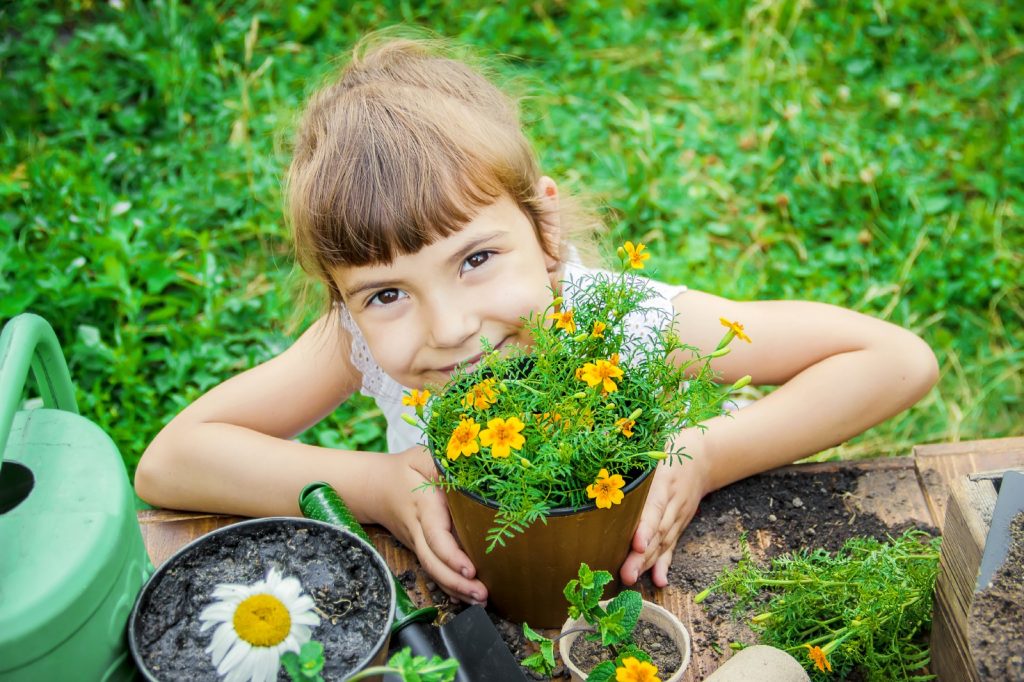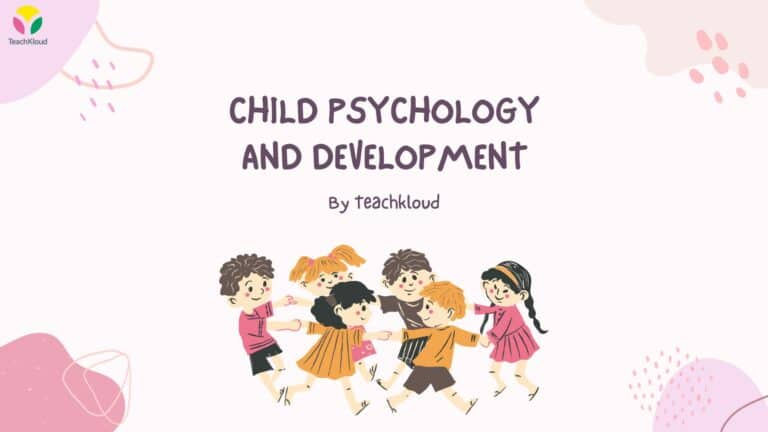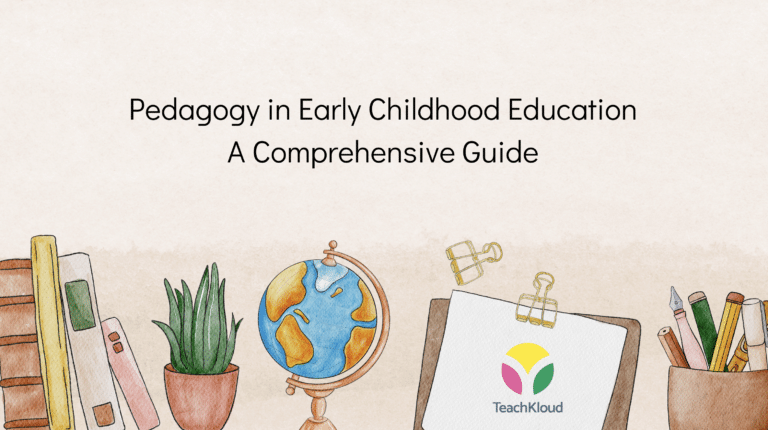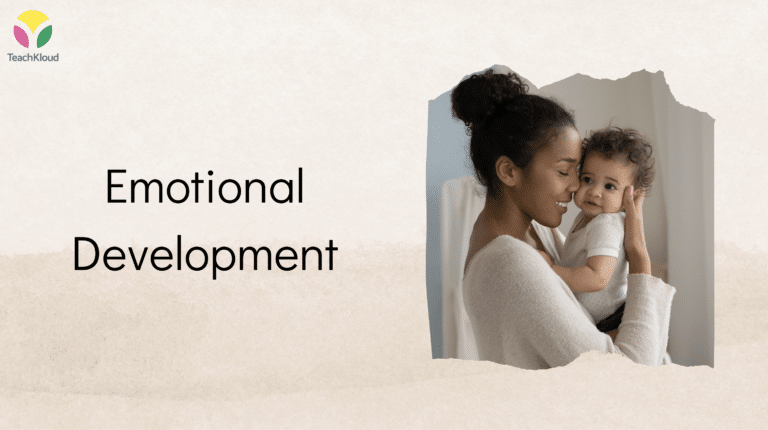What do we mean by ‘next steps’ in childcare?

‘Next steps’ in childcare, is a phrase that has become part and parcel of Early Years practice. We carry out observations because we are encouraged to record the ‘next steps’ for that child. Sometimes these are really well thought out ways of extending the learning. However, I often feel that they place a ‘place filler’ that is, recorded simply because there is a space on the pro forma requiring it. This is potentially because we, as practitioners, struggle to understand exactly what ‘next steps’ are and can be used for.
Observations can be used to record a child’s learning and act as an assessment of learning with early childhood frameworks. Next Steps should aim to consolidate, enhance or extend that learning. Sometimes a next step, may mean planning a new learning opportunity, providing different learning resources. These learning opportunities should be based on the emerging interests of the child or building on what the child has already participated in or achieved.
Next steps in childcare, are best implemented by a key worker (someone who is familiar with the child). TeachKloud for example, enables you to create learning journals that are automatically linked to your framework depending on your observation, age, stage and interests of the child. You are then encouraged to write key emerging interests.
Overtime, TeachKloud analyses these interests and shows you which interests are more prominent. Specific learning opportunities are provided to aid in the implementation of these learning goals. They are solely driven by the emerging interests of the child as they relate to your framework.
An Example: Consolidating Learning
Consolidation of learning may mean simply repeating an activity, to ensure that the child has mastered the skill or concept. For example, Emily, loves playing with the water tray, filling and emptying containers. Why not repeat the learning opportunity using different materials or tools? Children learn through repetition, they have a natural tendency to repeat activities in play. In this case the next step is pretty simple, as a practitioner you need to ensure that Emily has access to the water tray and the containers again.
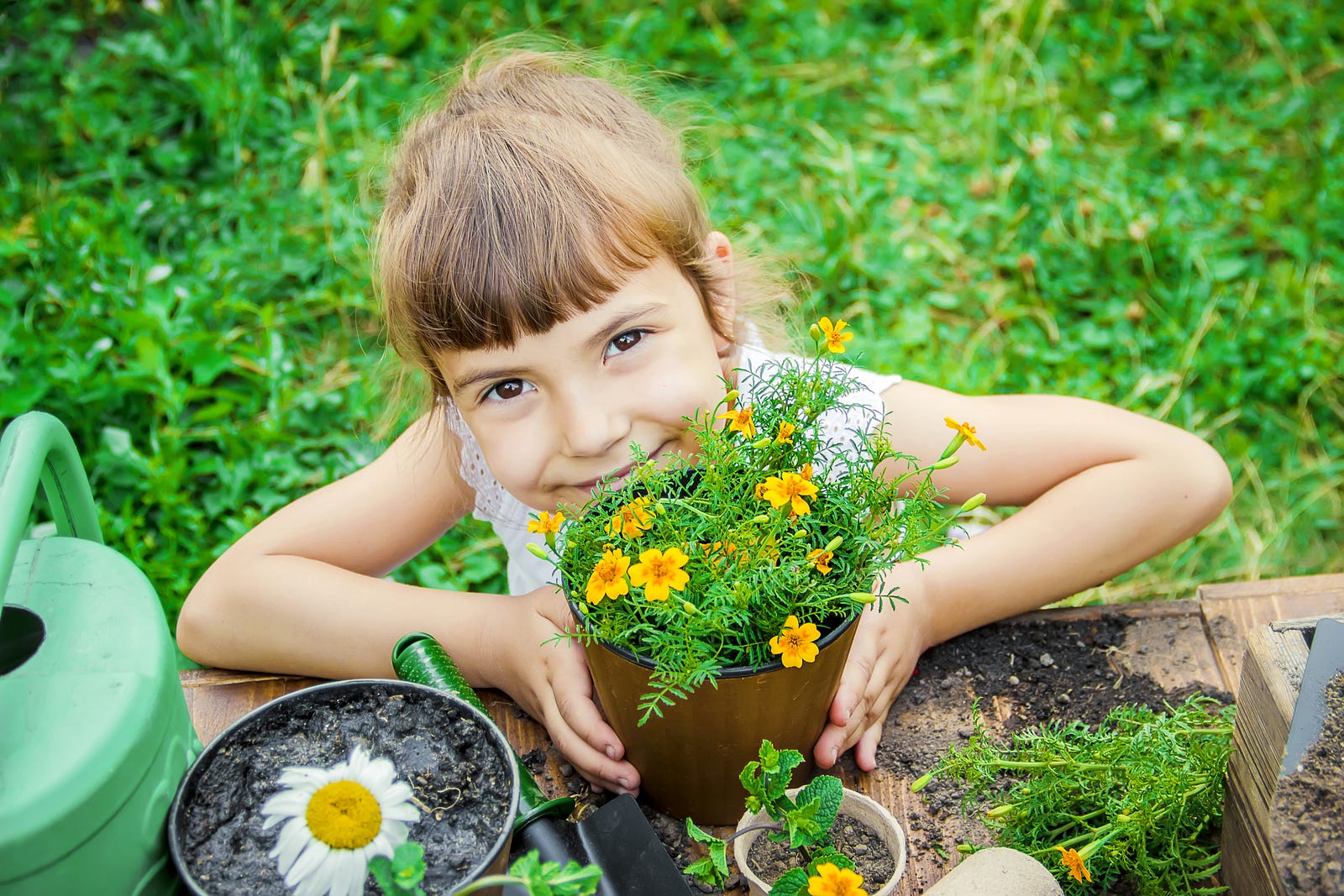
Enhancing Learning
Once the practitioner feels that the learning is embedded, the activity can be changed slightly to move the learning on. Enhancing the learning may be presenting the same idea or concept in a different way. So perhaps, the practitioner could provide Emily with the opportunity to empty and fill containers with sand, pasta, rice or even enhancing the learning by providing a wider variety of containers, or some funnels. Next steps in childcare, also enable us to extend learning. But how do we do this?
Extending Learning
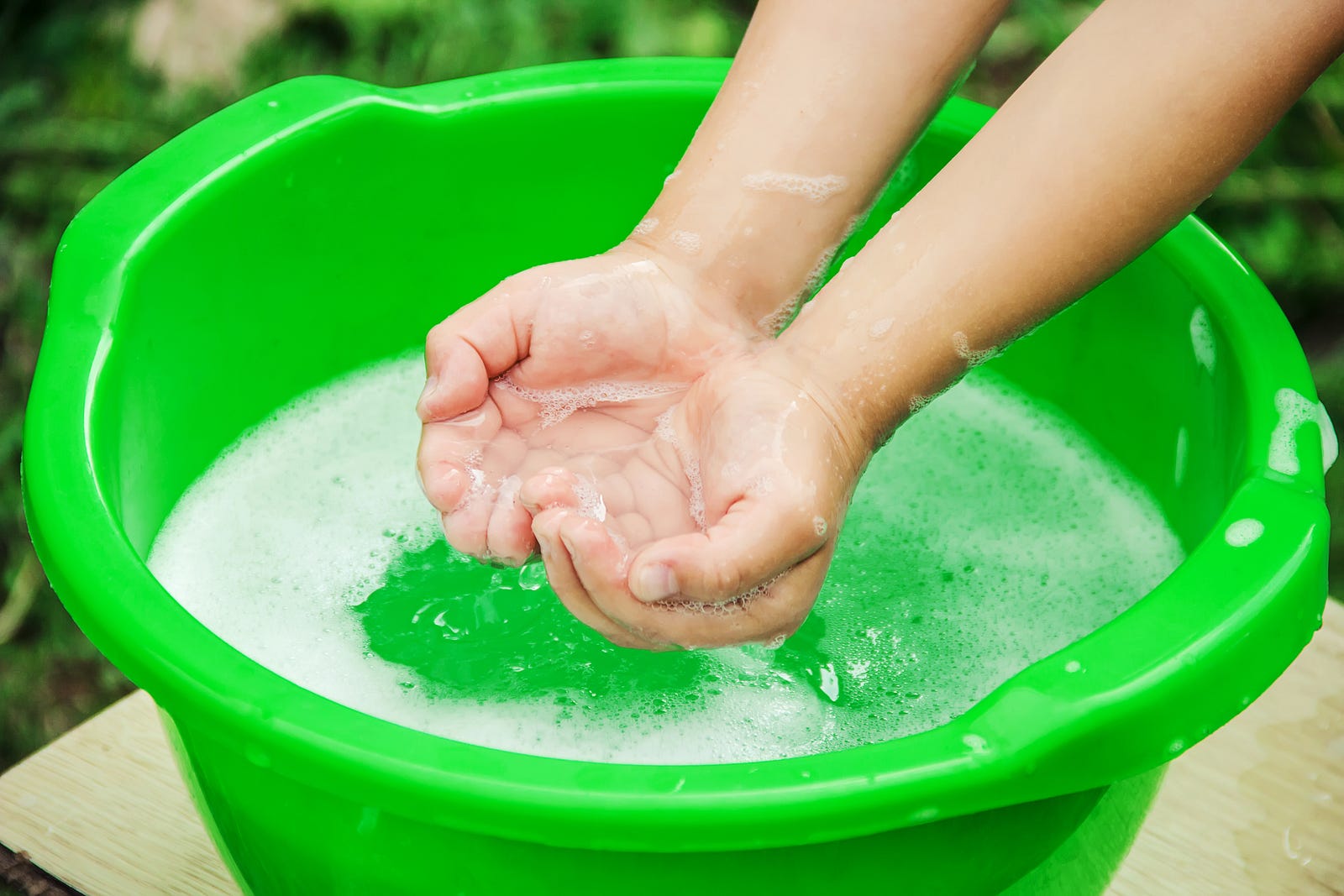
In the water tray example, Emily could learn vocabulary such as “empty” and “full” and practice motor skills (pouring, emptying, holding etc). This could be extended by creating a water wall, using pipes, pouring paint or buckets of water into small, large, long, short, wide and interestingly shaped containers. Perhaps Emily could be encouraged to pour her own drink of water at lunchtime.
What would come next out of those examples would depend on the child and their stage of development; as a skilled practitioner you would observe/plan based on your experience and needs of the child.
Top tip: However, as previously mentioned it may be a filling and emptying interest or schema at play for Emily. Therefore, she may benefit more from filling and emptying in different contexts.

Following skills
Regarding implementing next steps in childcare, it is important to embed learning that may only just be emerging, following skills until they are mastered is a way to do this. Practitioners should not try to move children on to the next level until they have fully mastered each skill. Repetition of activities or changing the environment in which skills are used is a good way to do this.
Adult intervention
The Adult’s role in providing ‘Next Steps in Childcare’ is quite varied but practitioners scaffold children’s learning regardless of the context.
Educational scaffolding takes many forms but a popular and simple way to provide scaffolding is the use of open-ended questions. Open-ended questions are those that don’t have a yes or no answer and open up a conversation or experimentation. Phrases such as “I wonder what would happen if…” or “What do you think would happen if…” facilitate this.
Timing
The time of ‘Next steps in Childcare’ is important; it could be argued that it would be best practice to make some kind of reference to timing in the recording of next steps. It may be that you need to track down some additional resources which may take a few days or even a few weeks. However, linking children’s learning in the here and now) through meaningful interactions, questioning, challenging observations or new materials) as you observe a teachable moment can aid in next steps that are intentional, meaningful and impactful.
